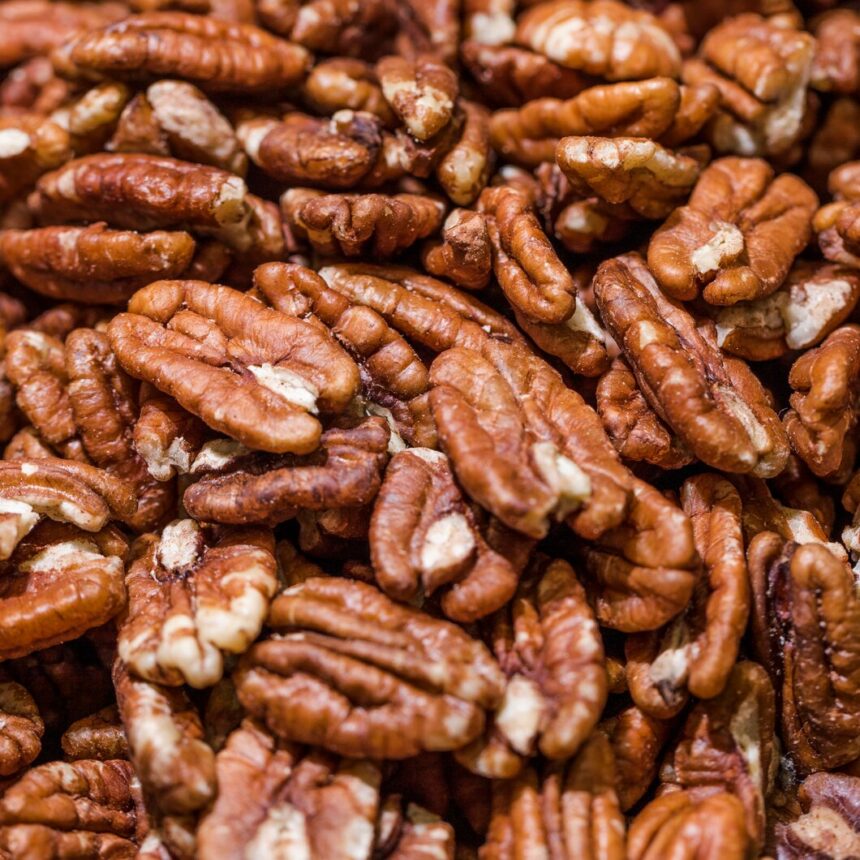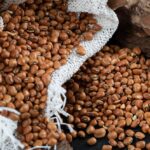Pecan scab, caused by the fungal pathogen Fusicladium effusum, is a common disease that affects pecan trees, especially in warm, humid climates. Early detection is crucial for effective management and can help minimize the impact on both yield and quality. Here are ten early signs that your pecans may be suffering from pecan scab:
1. Leaf Spots
The first visible sign of pecan scab is often dark, oily-looking spots on the leaves. These spots can range in color from olive to dark brown and typically appear in late spring or early summer.
2. Premature Leaf Drop
As the disease progresses, infected leaves may begin to drop prematurely. This defoliation weakens the tree, making it more susceptible to other diseases and reducing nut production.
3. Twig and Shoot Symptoms
Young shoots may exhibit signs of infection, including dark, sunken lesions. These lesions can cause twigs to die back, further impacting the tree’s overall health.
4. Nut Symptoms
Pecan scab can also affect the nuts themselves. Infected nuts may show dark, water-soaked lesions, which can lead to a reduced quality and yield of pecans.
5. Leaf Curling
Infected leaves may not only develop spots but can also curl or distort as the disease progresses. This symptom can indicate stress on the tree and should not be ignored.
6. Blackened Leaf Edges
The edges of the leaves may turn black as they become infected. This blackening can be a clear indication that the disease is spreading and requires immediate attention.
7. Reduced Growth
Pecan trees infected with scab may exhibit stunted growth. A noticeable reduction in new shoot growth is often a sign that the tree is under stress from the disease.
8. Poor Nut Development
Infected trees may produce fewer nuts, and those that do develop might be smaller and of lower quality. If you notice a drop in nut yield, it may be a sign of pecan scab.
9. Moldy Appearance
As the disease progresses, infected areas can develop a moldy appearance due to secondary fungal infections. This can further impact the health of the tree and the quality of the harvest.
10. Increased Insect Activity
Insects, such as aphids or mites, may be more prevalent on trees affected by pecan scab. These pests are often attracted to stressed plants, so increased insect activity can be a sign that your pecans are struggling.
Recognizing these early signs of pecan scab is essential for managing the disease and ensuring the health of your pecan trees. Regular monitoring and timely intervention can help mitigate the impact of pecan scab, allowing for a more productive harvest. If you suspect your pecans are infected, consider consulting with a local agricultural extension office or a professional arborist for advice on treatment options.







